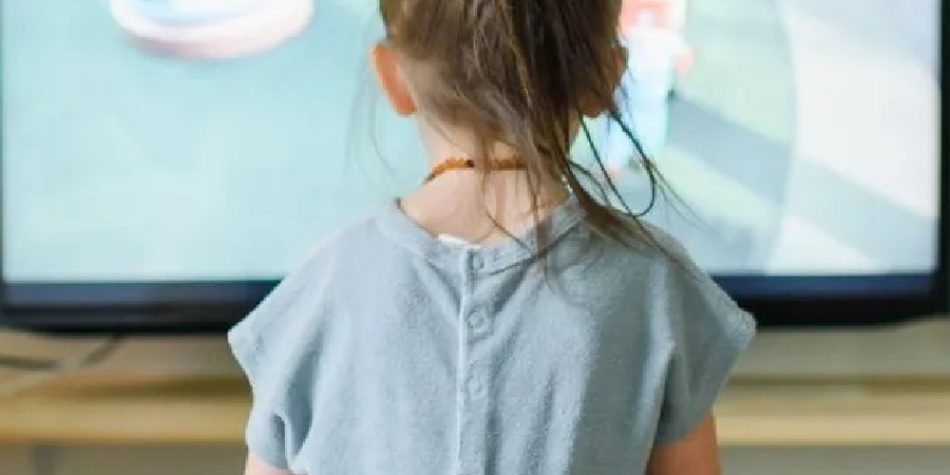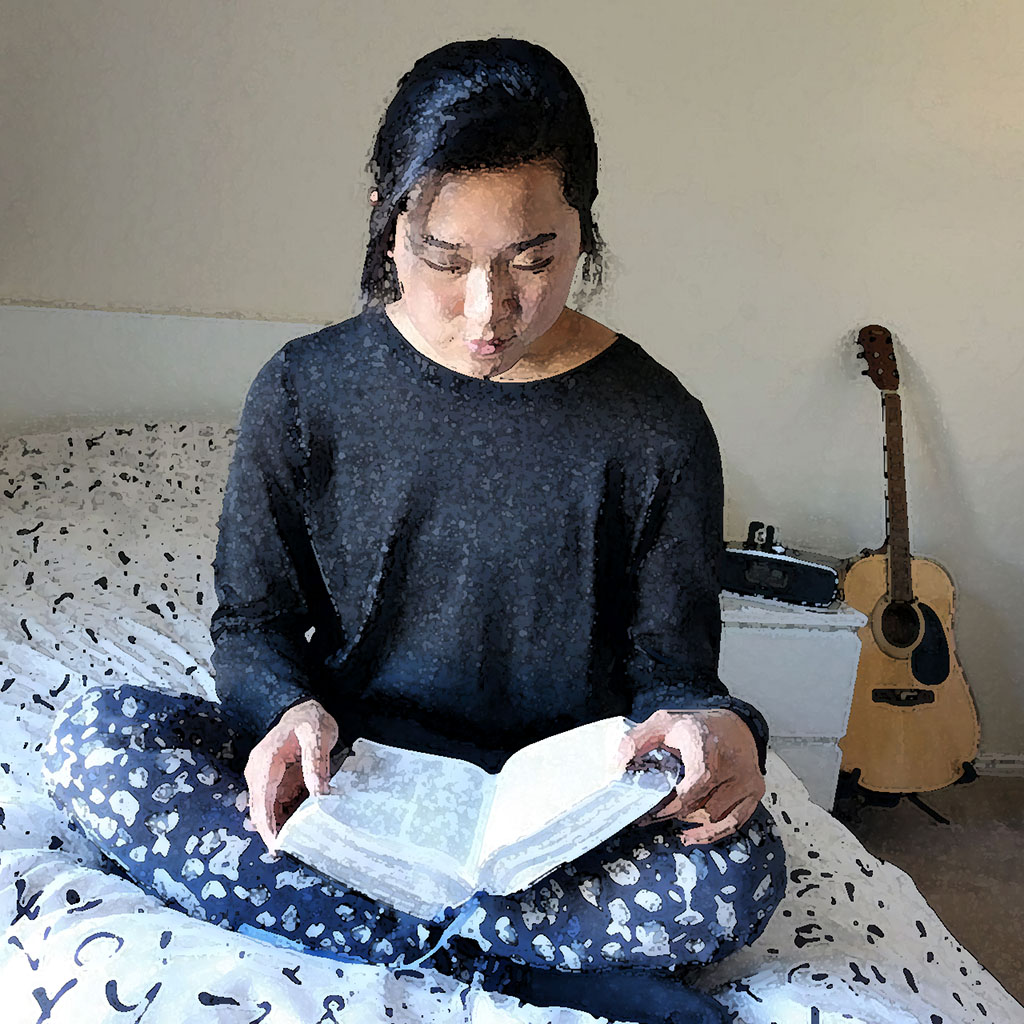Have you ever shown something on TV to a child and later found yourself regretting it? And in your own upbringing, were you ever exposed to something in the media that left you unsettled—wishing you had never seen it? Mostly, we ignore and even joke about these kinds of moments. But maybe we shouldn’t. Because these moments leave more of a mark than we realize.
One area of increasing attention among researchers is the relationship between mental health and tragic outbursts of violence. Researchers at Case Western Reserve University have been studying the interaction between violence and mental health, and the results of their research are different than what many people may have expected.
Since the early days of television, there have been disputes about how TV viewing affects children’s behavior. While some debate remains today, there has been a sturdy consensus for nearly twenty years that violent media causes children to act in more violent ways. Today, there is a growing body of research that explains how exposure to violence affects children differently than it affects adults, and it does so in ways that may help to inform the policy debates about violence in society.
There have long been standards and ratings that categorize violence in TV and movie content. These rating systems have largely been oriented toward ranking content that would be offensive to parents. What if, instead, we implemented a rating approach “based on what is harmful to children rather than what is offensive to parents”? The premise behind this proposal was that the assumptions underlying the industry’s rating systems were not consistent with the scientific research on how media portrayals of violence affect young viewers. Violent media causes children to act in more violent ways.
They offered these criteria as a foundation for their proposed shift from a rating system focused on parental offense to one focused on childhood harm. We believe children will benefit if the rating system is designed to their needs.
The Case Western Reserve University team has more recently researched how witnessing violence harms children. While the public debate often focuses on the causal factors of violent behavior, they focus on how exposure to violence affects the mental health of children. Their research went beyond visual media to include a broad spectrum of exposure, including witnessing violence at home, at school, in the community, in news reports, as well as being a victim of violence.
One sobering finding was the sheer magnitude of violence that children are exposed to in their everyday lives. As they write, “We have witnessed a steady increase in levels of children’s exposure to violence and its damaging effect on their mental health.” Whether the violence is fictional or real, portrayed realistically or animated, viewed as a witness, or experienced as a victim, exposure to violence affects the mental health of children. For example, their research found that 12% of children in third through eighth grade who personally witnessed someone “being hit, slapped, or punched” experienced levels of anxiety that could require treatment. Their conclusion: “Children who report high levels of exposure to violence (either as witness or victim) report the highest levels of depression, anger, and anxiety.”
Some have argued that viewing violence in a positive context can avoid many of the harms among children. For example, parents tolerate the frequent violence associated with superheroes, arguing that these characters are pursuing noble ends and working aggressively (and often violently) to defeat the bad guys and defend the underdogs. However, in a Brigham Young University study, family life professor Sarah M. Coyne observed, “So many preschoolers are into superheroes, and so many parents think that the superhero culture will help their kids defend others and be nicer to their peers, but our study shows the exact opposite. Kids pick up on the aggressive themes and not the defending ones.” The study suggests the need to rethink some of the entertainment that kids thrive on, which may not be as harmless as we had assumed. We believe children will benefit if the rating system is designed to their needs.
It is easy to dismiss those concerned with violence in the media as reactive or prudish. There is clearly not a one-to-one correlation between those who watch media violence and those who perpetrate violence in real life. But while the effects may be subtler and more varied, they are well established in the research and no less real. Anyone serious about reducing violence and protecting children would do well to start by reassessing how we rate children’s television.
















